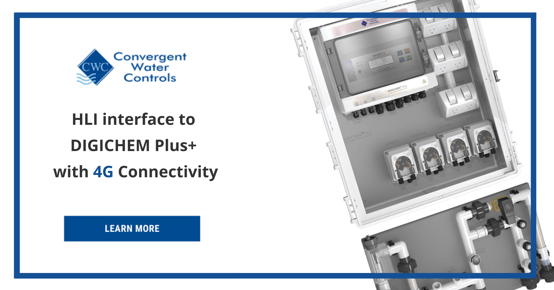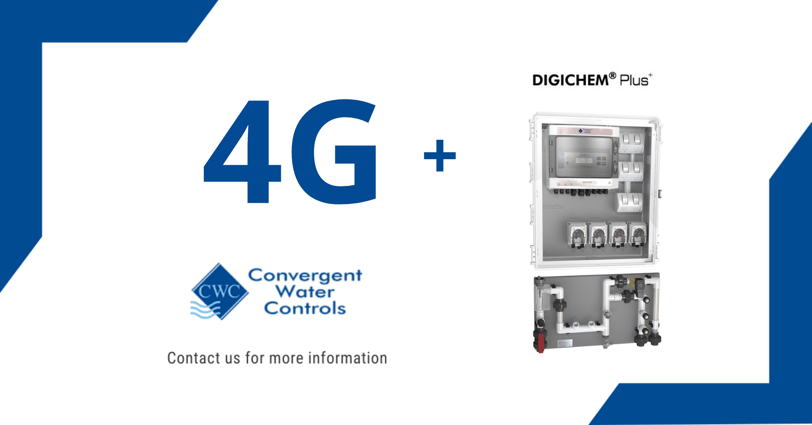BLEED CYCLE in DIGICHEM Plus+ Saves the Day
When most cooling tower controllers call for bleed, they simply open the dump solenoid (or actuated ball) valve to drain the tower of water until sufficient dilution via the make-up water lowers the conductivity to the desired set point.
However, this presents 3 possible issues:
-
If the water level in the basin of the cooling tower is higher than the manifold and the system is bleeding when the condenser pumps stops (assuming manifold feed is from the condenser pump), the system will continue to bleed as the flow switch will not detect no flow. This leads to excessive bleeding, as well as unwanted dosing of chemicals from the dosing pumps.
-
The bleed rate on tiny little towers is too high and the system bleeds to a conductivity level too low before it detects that the conductivity is already at set point.
-
If the bleed rate is too high and the water from the bleed line in the manifold is running into an internal drain that does not flow freely, you can get local internal flooding in the building.
All DIGICHEM systems can overcome these 3 problems with its programmable BLEED CYCLE.
How does this work?
When the system calls for bleed, instead of bleeding continuously until set point is reached, the valve opens and closes on a programmable cycle, for example ON/OFF cycle = 30sec/60sec, which repeats until set point is reached.. How does this help us?
Let us explain in terms of the 3 issues raised above:
-
If the controller gets into a state where it continues to bleed when the tower shuts down, i.e condenser pump stops, as soon as the ON part of the cycle changes to the OFF part of the cycle, the bleed stops and the flow switch de-activates bleed and all dosing, and remains latched in this stage until the condenser pump starts up again.
-
Instead of bleeding continuously, the bleed cycle in effect provides a reduced bleed rate as the volume of water bled per minute reduces by the duty cycle of the bleed.
-
If having to contend with a blocked drain, the OFF part of the bleed cycle allows the drain to empty before the next batch of bleed, i.e. the ON part of the cycle starts again.
For any further information on the subject, please contact support or give us a bell.
Owner, Operations Director at Convergent Water Controls. In excess of 10 years in General Management and through the steady growth of Convergent Water Controls, I have gained enormous experience in Human Resources, Production & Operations, both at an Operational & Strategic Level. My combined background in commerce, financial administration & IT has enabled me to develop, implement & maintain many standardized systems and processes for business to operate effectively in order for employees, customers & suppliers to be managed professionally.


